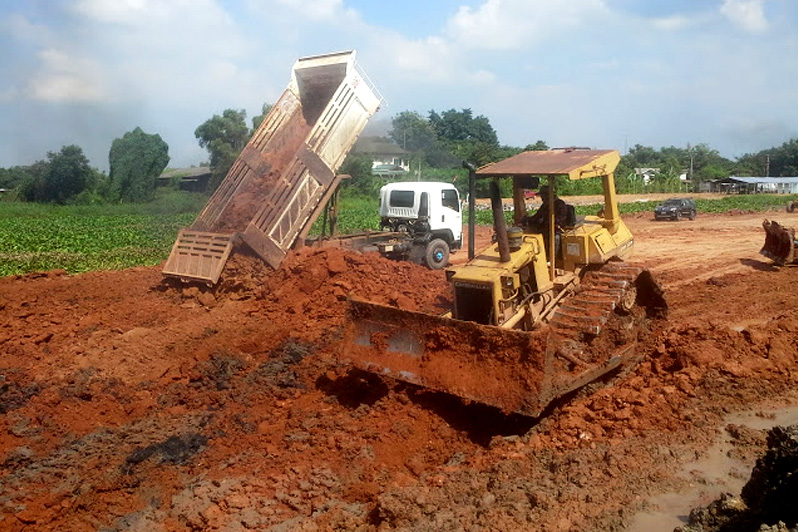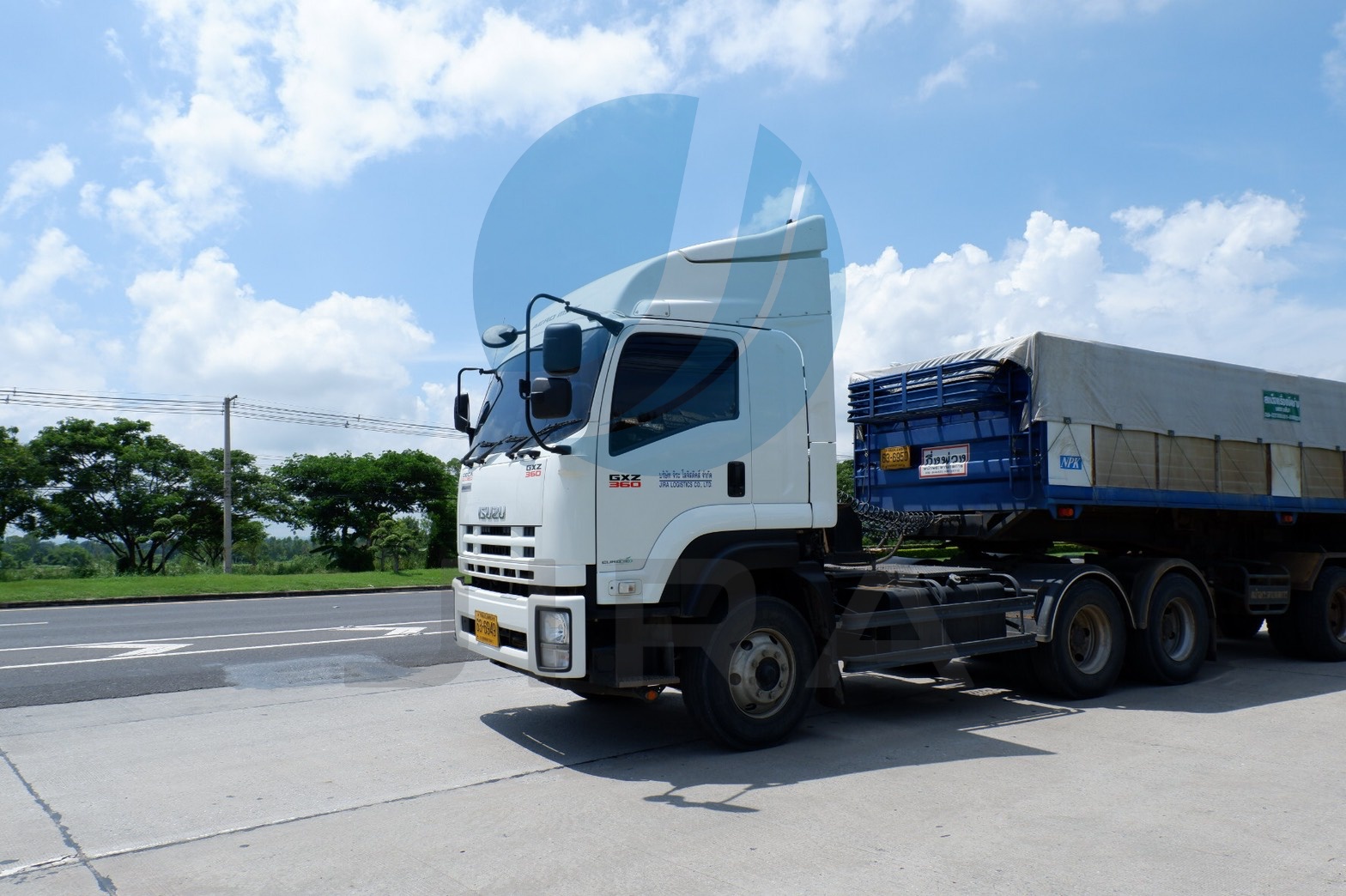“Land filling” is the first step of construction, whether it is a building, housing estate, factory, and various activities that require a structure to make the area have a standard height that is good enough for the next step. But land filling is not just pouring-burying-covering soil, but there are also other details from before doing until after filling is complete. In this content, Jira Logistics has taken the opportunity to understand 4 things you should know before starting “land filling”.
Thank you for reading this post, don't forget to subscribe!Why do we need to fill the land before starting construction?
Land filling is a method of surface finishing in construction areas to prevent future problems such as subsidence, drainage in the area, and adjusting the height of the land to be suitable, etc. In land filling, 3 factors that may cause problems later must be taken into account as follows:
- The characteristics of the area should be examined in all aspects, from the height of the ground to calculate the amount of soil to be used for filling, to the problem of flooding, and how long it takes to drain water, because flooding has a direct effect on the soil layer, making it easily soft, and possibly compacting the soil layer more tightly than normal.
- Land elevation should be compared to the road surface or other houses in the area to take into account future problems, especially flooding. In general, land should be filled 50-100 cm higher than the road surface to prevent subsidence.
- Time for the soil to adjust Normally, after filling the land, construction should not begin immediately. The soil layer should be left for about 6-12 months to adjust and stabilize because newly filled soil has a chance of sinking. Using a soil compactor can also help shorten the soil adjustment period. Or, it is best to use a soil compactor and let it adjust over time.
Raw materials suitable for land filling
Normally, land filling usually uses 5 types of materials for filling in order to use them appropriately for the area and soil level that should be used. The materials are as follows:
- Soil – Used in areas that require a lot of leveling or where there are a lot of holes and potholes to reduce costs.
- Coarse sand – is a raw material used to condition the top surface.
- Coarse sand – เป็นวัตถุดิบที่ใช้ในการปรับสภาพพื้นผิวชั้นบนสุด
- Gravel – Used similarly to fill soil to adjust the height of the soil layer.
- Crushed Rock – Used as the final step in compacting the soil surface.
Legal matters you should know when filling land
The main laws regarding land filling are divided into 2 groups: “excavators” and “fillers”. The excavation team must apply for permission to excavate and fill the land to the local official (provincial governor or mayor for municipalities) according to the form prescribed by law, according to Section 39. The excavator is prohibited from selling without permission, but if it is used within the landowner’s area, it can be used.
Land Fillers According to the Land Filling Act, Section 26, anyone who intends to fill land with a mound higher than the level of adjacent land of another owner, and the area of the mound does not exceed 2,000 square meters, or has an area as specified by the local official, must arrange for sufficient drainage so as not to cause inconvenience to adjacent landowners or other persons.
How to calculate the price of land filling
To calculate the price of land filling, the land owner must initially know how many square meters the area is and how many centimeters thick the soil should be filled. For example, an area of 500 square meters, filled with a thickness of 30 centimeters, take 500 (square meters) x 0.3 (thickness) to get 150 cubic meters (the amount of fill soil required). Then, if you want to calculate the number of cubic meters in tons, take 150 x 1.5 to get 225 tons, or equivalent to about 7-8 dump trailer trucks. The price will depend on the distance and the raw materials from each source.
When you have the exact amount of soil, compare the price with the contractors you have provided to calculate the appropriate price for filling the land this time. Most contractors will charge per cubic meter or per truckload, which both have different values.
Summary of things you should know before starting land filling
In each land filling, there are many minor details as mentioned above. These are important matters that the land owner needs to know in order for the land improvement to go smoothly, both in terms of the purpose of construction, to determine the most suitable land filling method, including the laws that need to be done correctly because if there is a problem, the next step cannot be done. Therefore, you should study the law very well. And finally, in terms of price calculation, you must keep up with the contractor to get a reasonable price that is not too low. All of these are indications that land filling is more than many people think.






